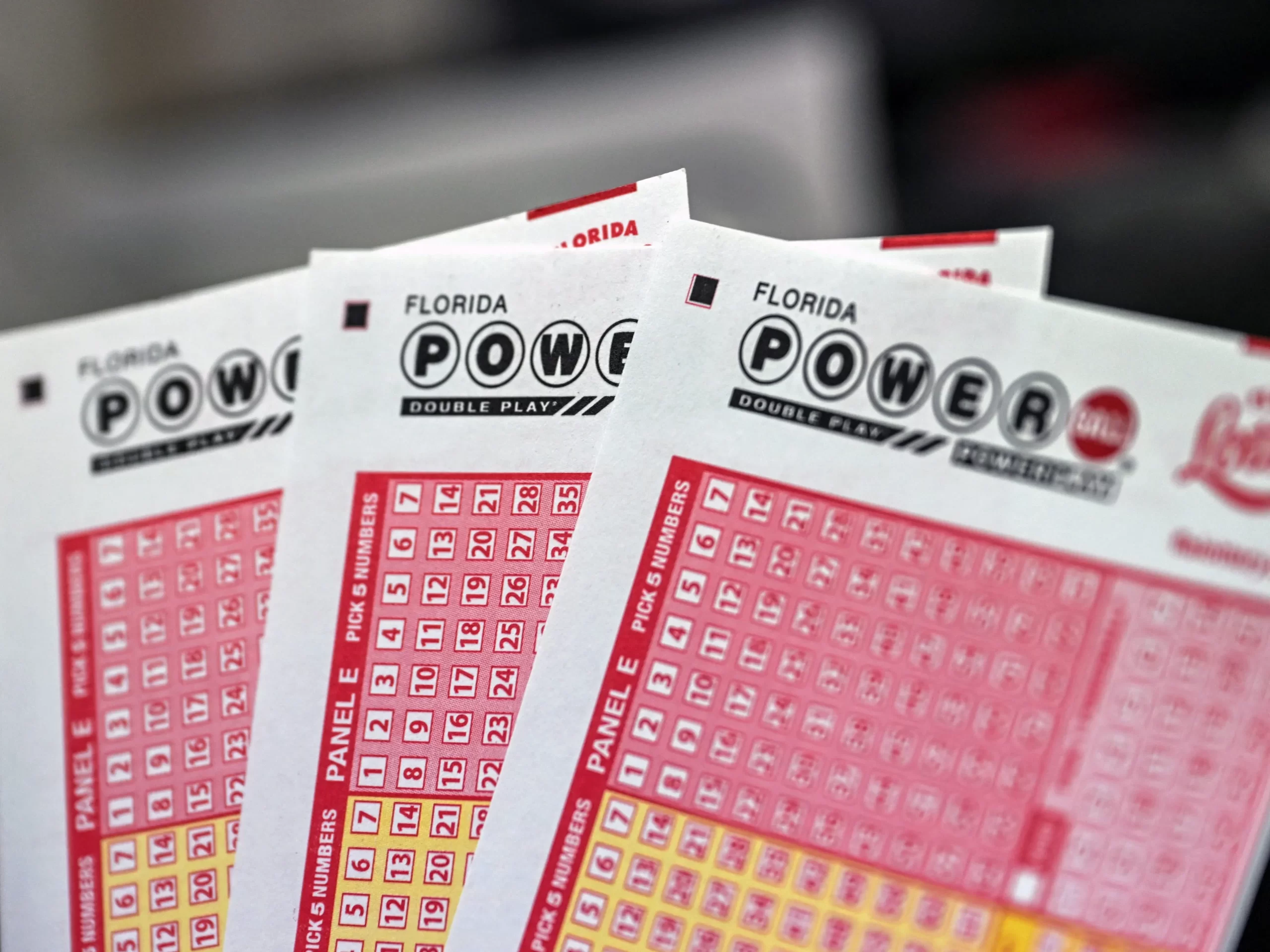Bookmaking, also known as sports betting, has become a popular form of entertainment and a lucrative industry in recent years. With the rise of online betting platforms, more and more people are getting involved in this activity, making it a highly competitive market. As a result, bookmakers often have to make strategic decisions to stay ahead of their competitors and maximize their profits.
One crucial aspect of bookmaking is determining the profit margin, which is essentially the cut that bookmakers take from each bet. Understanding how to calculate this margin is essential for both bookmakers and bettors alike. In this article, we will provide a comprehensive guide on calculating bookmakers’ profit margin and discuss its significance in the world of sports betting.

Understanding Bookmakers Profit Margin
What is Bookmakers Profit Margin?
Profit margin, also known as vigorish or vig, is the commission that bookmakers charge for facilitating bets on sporting events. Essentially, bookmakers act as intermediaries between bettors, who place bets on different outcomes of a particular event, and pay out the winnings to the successful bets. In return for their services, bookmakers charge a percentage of the total amount wagered, which makes up their profit margin.
The profit margin is typically expressed as a percentage and is not included in the advertised odds. For example, if the odds for a specific event are 2.0, it would mean that a bettor would receive double the amount of their initial wager if their bet is successful. However, the bookmaker’s profit margin would be deducted from the winnings, leaving the bettor with less than the full amount.
Why is it Important?
Understanding bookmakers’ profit margin is crucial because it affects both parties involved in sports betting – the bookmakers and the bettors. For bookmakers, calculating and maintaining an optimal profit margin is essential for staying profitable in a highly competitive market. A lower margin can attract more customers and increase betting volume, while a higher margin can result in more profits for the bookmaker.
For bettors, understanding the profit margin can help them make better decisions when placing bets. It allows them to determine whether the odds offered by a particular bookmaker are fair or if they are being charged a higher margin, leading to potential losses. Additionally, knowing the profit margin can also help bettors compare different bookmakers and choose the one with the most favorable odds.
Factors Affecting Profit Margin
Several factors can influence the profit margin of bookmakers, making it a dynamic and ever-changing aspect of sports betting. Here are some of the primary factors that can affect the profit margin:
Market Competition
One of the most significant factors affecting bookmakers’ profit margin is the level of competition within the market. In a highly competitive market, bookmakers may offer lower margins to attract more customers and increase their market share. This means that bookmakers will have to adjust their margins according to their competitors’ offers, resulting in lower profits.
On the other hand, in a less competitive market, bookmakers may charge higher margins as there are fewer options available for bettors. This can result in higher profits for bookmakers, but it can also lead to fewer customers due to the less attractive odds offered.
Odds Offered
The odds offered by bookmakers play a crucial role in determining the profit margin. The odds represent the probability of a particular outcome occurring and are used to calculate the potential payout for a bet. Bookmakers often adjust the odds to create a balanced book, where they receive a similar amount of bets on both sides of an event.
For example, in a football match, the odds for Team A winning may be 2.0, while the odds for Team B winning may be 2.2. If the bookmaker receives an equal amount of bets on both teams, they would have a balanced book, regardless of which team wins. In this case, the total amount wagered would be $200 (100 on Team A and 100 on Team B), and the bookmaker’s profit margin would be $20 (10% of $200).
Betting Volume
The amount of money wagered on an event also plays a significant role in determining the profit margin. In general, bookmakers aim to offer odds that attract a large number of bets on both sides of an event. This ensures that they have a balanced book, and their profit margin is not significantly affected, regardless of the outcome.
However, if there is a significant imbalance in the betting volume for a particular event, the profit margin may be affected. For example, if a bookmaker receives a vast majority of bets on one side of an event, a successful outcome for that side would result in a higher payout, leading to a lower profit margin for the bookmaker.
Calculating Bookmakers Profit Margin

To determine the profit margin, bookmakers use a basic formula that takes into account the odds offered and the amount wagered on each side of an event.
Profit Margin = (1 / Odds for Outcome A) + (1 / Odds for Outcome B) – 1
Using the example from earlier, the profit margin would be calculated as:
Profit Margin = (1/2.0) + (1/2.2) – 1 = 0.10 or 10%
This means that regardless of which outcome occurs, the bookmaker would have a profit margin of 10%. However, this is a simplified calculation and does not take into account other factors such as the betting volume and market competition.
Examples
Let’s look at two examples to understand how different odds and betting volumes can affect the profit margin.
- Example 1: The odds offered by a bookmaker for a basketball game are 1.91 for both teams, and the total amount wagered is $10,000. Using the formula mentioned above, the profit margin would be calculated as:
Profit Margin = (1/1.91) + (1/1.91) – 1 = 0.047 or 4.7%
In this case, the bookmaker’s profit margin would be $470, regardless of which team wins.
- Example 2: In another basketball game, the odds offered by a bookmaker are 1.71 for Team A and 2.2 for Team B. The total amount wagered on the match is $50,000, with $20,000 on Team A and $30,000 on Team B. Using the same formula, the profit margin would be calculated as:
Profit Margin = (1/1.71) + (1/2.2) – 1 = 0.154 or 15.4%
In this scenario, the bookmaker’s profit margin would be $7,700 if Team A wins and $6,600 if Team B wins. This shows how a difference in odds and betting volume can significantly impact the profit margin.
Using an Odds Converter
Bookmakers often display odds in different formats, such as decimal, fractional, or American. For bettors who are not familiar with these formats, it may be challenging to calculate the profit margin. In such cases, an odds converter can come in handy. These tools allow users to convert odds from one format to another, making it easier to compare odds offered by different bookmakers.
Impact of Profit Margin on Bookmakers and Bettors
The profit margin has a significant impact on both bookmakers and bettors, and understanding this can provide valuable insights into the sports betting industry.
For Bookmakers
For bookmakers, maintaining an optimal profit margin is crucial for profitability. A lower margin may attract more customers and increase betting volume, but it can also lead to lower profits. On the other hand, a higher margin may result in higher profits, but it can also drive away potential customers due to less favorable odds.
Additionally, bookmakers also have to consider the market competition, betting volume, and odds offered when determining their profit margins. Failure to do so can result in significant losses, especially in a highly competitive market.
For Bettors
Understanding the profit margin is essential for bettors as it allows them to make more informed decisions when placing bets. By knowing the profit margin, bettors can determine if they are getting fair odds or if they are being charged a higher margin, leading to potential losses.
Moreover, knowing the profit margin can also help bettors compare different bookmakers and choose the one with the most favorable odds. This can result in better payouts and increased chances of winning.
Strategies to Increase Profit Margin

Bookmakers employ various strategies to increase their profit margins and stay ahead of their competitors. Here are some of the most common strategies used by bookmakers:
Adjusting Odds
One of the most effective ways to increase the profit margin is by adjusting the odds offered. By offering lower odds, bookmakers can reduce their potential payouts and increase their profits. However, they need to be careful not to set the odds too low, as this may drive away customers.
On the other hand, increasing odds may result in more customer satisfaction, but it can also lead to higher payouts and lower profits for bookmakers. Striking a balance between offering attractive odds and maintaining an optimal profit margin is key for bookmakers.
Balancing Books
Bookmakers aim to have a balanced book, where they receive a similar amount of bets on both sides of an event. This minimizes their risk and ensures that they make a profit regardless of the outcome. In some cases, bookmakers may adjust the odds or limit bets to create a balanced book.
Limiting Bets
Another strategy used by bookmakers to increase the profit margin is by limiting bets. This means that they restrict the amount of money a bettor can wager on a particular event. By doing so, bookmakers can minimize their risk and ensure a steady profit margin.
However, limiting bets can also lead to customer dissatisfaction and may result in bettors taking their business elsewhere. Therefore, bookmakers need to carefully consider this strategy and use it sparingly.
Conclusion
In conclusion, understanding how to calculate bookmakers’ profit margin can provide valuable insights into the world of sports betting. The profit margin affects both bookmakers and bettors and plays a crucial role in determining the success of a bookmaker in a highly competitive market. By considering various factors such as market competition, betting volume, and odds offered, bookmakers can maintain an optimal profit margin and stay ahead of their competitors. Bettors can also benefit from understanding the profit margin as it allows them to make better decisions when placing bets and compare different bookmakers to find the most favorable odds.


